Related Research Articles

George Balanchine was a Georgian-American ballet choreographer, recognized as one of the most influential choreographers of the 20th-century. Styled as the father of American ballet, he co-founded the New York City Ballet and remained its artistic director for more than 35 years. His choreography is characterized by plotless ballets with minimal costume and décor, performed to classical and neoclassical music.
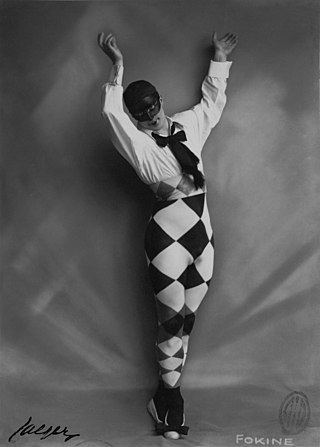
Michael Fokine was a Russian choreographer and dancer.

William Forsythe is an American dancer and choreographer formerly resident in Frankfurt am Main, Germany, and now based in Vermont. He is known for his work with the Ballet Frankfurt (1984–2004) and The Forsythe Company (2005–2015). Recognized for the integration of ballet and visual arts, which displayed both abstraction and forceful theatricality, his vision of choreography as an organizational practice has inspired him to produce numerous installations, films, and web-based knowledge creation, incorporating the spoken word and experimental music.
The National Ballet of Canada is a Canadian ballet company that was founded in 1951 in Toronto, Ontario, with Celia Franca, the first artistic director. A company of 70 dancers with its own orchestra, the National Ballet has been led since 2022 by artistic director Hope Muir. Renowned for its diverse repertoire, the company performs traditional full-length classics, embraces contemporary work and encourages the creation of new ballets, as well as the development of Canadian dancers and choreographers.
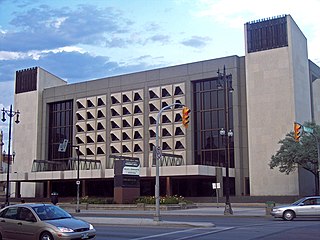
The Royal Winnipeg Ballet is Canada's oldest ballet company and the longest continuously operating ballet company in North America.

Lar Lubovitch is an American choreographer. He founded his own dance company, the Lar Lubovitch Dance Company in 1968. Based in New York City, the company has performed in all 50 American states as well as in more than 30 countries. As of 2005, he had choreographed more than 100 dances for the company. In addition to the company, Lubovitch has also done creative work in ballet, ice-skating venues, and musical theater, notably Into the Woods. He has played a key role in raising funds to fight AIDS.

Romeo and Juliet, Op. 64, is a ballet by Sergei Prokofiev based on William Shakespeare's play Romeo and Juliet. First composed in 1935, it was substantially revised for its Soviet premiere in early 1940. Prokofiev made from the ballet three orchestral suites and a suite for solo piano.
Brian Ronald Macdonald was a Canadian dancer, choreographer and director of opera, theatre and musical theatre.
Glen Tetley was an American ballet and modern dancer as well as a choreographer who mixed ballet and modern dance to create a new way of looking at dance, and is best known for his piece Pierrot Lunaire.
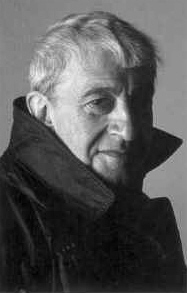
Sir Kenneth MacMillan was a British ballet dancer and choreographer who was artistic director of the Royal Ballet in London between 1970 and 1977, and its principal choreographer from 1977 until his death. Earlier he had served as director of ballet for the Deutsche Oper in Berlin. He was also associate director of the American Ballet Theatre from 1984 to 1989, and artistic associate of the Houston Ballet from 1989 to 1992.
Sabrina Matthews is a Canadian ballet choreographer. She has created pieces for some of the most prestigious ballet companies in the world, including multiple pieces for the renowned Stuttgart Ballet. This in-demand choreographer has premiered works on three continents in over a dozen cities from Beijing, to New York, to London. She was recognized as one of Canada's Amazing Women to Watch, alongside Oscar nominees. Sabrina Matthews has received commissions from Stuttgart Ballet, Royal Swedish Ballet, Boston Ballet, England's Royal Academy of Dance's Genee International Ballet Competition, and the National Ballet of Canada. Her works have been performed by major international ballet companies in Canada, the United States, Spain, Sweden, Germany, Italy and the Netherlands.
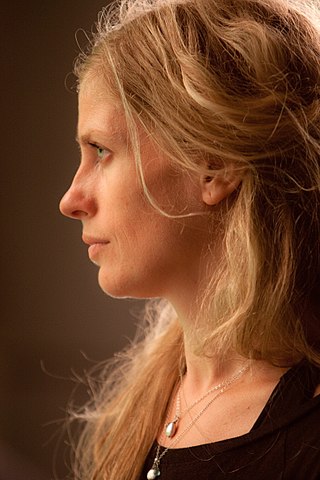
Crystal Pite is a Canadian choreographer and dancer. She began her professional dance career in 1988 at Ballet BC, and in 1996 she joined Ballett Frankfurt under the tutelage of William Forsythe. After leaving Ballett Frankfurt she became the resident choreographer of Montreal company Les Ballets Jazz de Montreal from 2001 to 2004. She then returned to Vancouver where she focused on choreographing while continuing to dance in her own pieces until 2010. In 2002 she formed her own company called Kidd Pivot, which produced her original works Uncollected Work (2003), Double Story (2004), Lost Action (2006), Dark Matters (2009), The You Show (2010), The Tempest Replica (2011), Betroffenheit (2015), and Revisor (2019) to date. Throughout her career she has been commissioned by many international dance companies to create new pieces, including The Second Person (2007) for Netherlands Dans Theater and Emergence (2009) for the National Ballet of Canada, the latter of which was awarded four Dora Mavor Moore Awards.

Michelangelo Canale is an American dancer, teacher, choreographer and artistic director of ballet.
Edward Clug is a choreographer in the field of contemporary ballet born in Romania

Norbert Vesak, one of Canada's leading choreographers in the 1970s, was a ballet dancer, choreographer, theatrical director, master teacher, dance columnist, lecturer, and opera ballet director, known for his unique, flamboyant style and his multimedia approach to classical and contemporary choreography. He is credited with helping to bring modern dance to Western Canada.
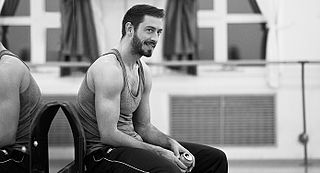
Douglas Lee is a British choreographer. A former principal dancer with the Stuttgart Ballet, his ballets have been premiered by Stuttgart Ballet, Norwegian National Ballet, New York City Ballet, Netherlands Dance Theatre, and several other European ballet companies.
Lindsay Shearer-Nelko is a Canadian-born choreographer of such television shows as FOX's 'So You Think You Can Dance' and 'The X Factor'.
Gweneth Lloyd, OC was a co-founder of the Royal Winnipeg Ballet, a ballet teacher and choreographer.
Rachel Browne was a dancer, teacher and choreographer based in Winnipeg. In 1964, she founded Canada's longest running modern dance company, Winnipeg's Contemporary Dancers.
References
- ↑ Leslie Chew; Dwight DeReiter; Cathy Doheny and Colin Gilbert (September 1, 2010). The Daily Book of Classical Music: 365 Readings that Teach, Inspire & Entertain. Walter Foster Publishing. pp. 196–. ISBN 978-1-60058-201-1.
- 1 2 3 4 5 Royal Winnipeg Ballet, Peter Quanz fonds.
- ↑ Pawlick, Catherine. (2007-06) "Interview with Peter Quanz: A Canadian at the Mariinsky." Ballet Dance Magazine.
- ↑ Marcia B. Siegel (March 1, 2011). Mirrors and Scrims: The Life and Afterlife of Ballet. Wesleyan University Press. pp. 277–. ISBN 978-0-8195-7113-7.
- ↑ Encyclopædia Britannica, Inc. (May 1, 2008). Britannica Book of the Year 2008. Encyclopædia Britannica, Inc. pp. 278–. ISBN 978-1-59339-494-3.
- 1 2 "dead reckoning: Dance collaboration takes a precarious exploration of space". Martha Schabas. The Globe and Mail, Jan. 15, 2016
- ↑ "Red-Crowned Crane a ballet bird of a different feather". Toronto Star, November 17, 2016. page E1. Michael Crabb.
- ↑ "Royal Winnipeg Ballet - MAIN – Manitoba Archival Information Network". main.lib.umanitoba.ca. Retrieved March 3, 2018.